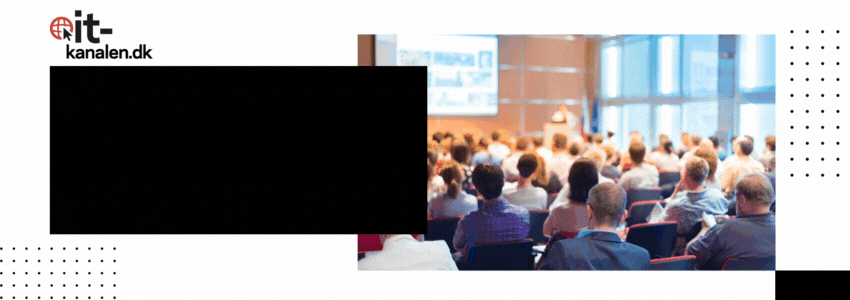12
More investment must be made in Denmark’s critical digital infrastructure, it must be easier to get approval for the establishment of new fiber connections, and we must do more to secure the infrastructure against threats, say three calls from GlobalConnect to the new responsible ministers.
We Danes are at the top of the EU when it comes to who uses the internet the most.
Each of us consumes no less than 473 gigabytes of data per month, which is a doubling of consumption in just five years, figures from The Board for Data Supply and Infrastructure.
The huge amounts of data are equivalent to each of us streaming about 15 hours of Netflix movies a day, and the data usage is growing every single day.
The high degree of digitization in Denmark is in many ways positive from a societal perspective, not least for companies, which can achieve significant competitive advantages through efficiencies and new business models.
We just have to remember to deal with the practical challenges that come with the development. Our current digital infrastructure simply does not have the capacity for the continued growing data consumption by businesses and individuals. As with other critical resources such as water and electricity, the infrastructure must be expanded in line with demand.
Martin Lippert, Group CEO of GlobalConnect. The entry was first brought by Finance
AI pushes the web
We are currently building a super fiber cable between Haparanda in Northeast Sweden and Berlin, which consists of 200 fiber strands. It’s like a digital highway with 200 lanes, where data moves at near the speed of light. The cable will currently be able to handle all the data that flows through the Nordic region. But even that will reach its ceiling as AI and other data-driven innovations grow.
Today, we take lightning fast, secure and smooth internet connections for granted. All the time and anywhere. That’s how it should be.
But if we want to maintain Denmark’s strong position in digitization and continue to attract investment in the technology sector, we must continuously future-proof the infrastructure. If we don’t do that, we risk seeing bottlenecks and congestion on the digital highways, so that the Internet becomes slow and sluggish and can lose data. It will affect everything from business and innovation to the internet speed in our private homes.
Equipping the digital infrastructure for the future requires significant investment from both the private and public sectors. This means that more digital motorways must be built, but also that the existing networks must be strengthened and expanded. At the same time, we must strengthen the digital infrastructure between the Nordic countries and out to the rest of Europe in order to protect ourselves against vulnerabilities as a result of crashes and physical or digital attacks.
Therefore, I would like to encourage the new minister for social security and preparedness, Torsten Schack Pedersen, and the new minister for digitalisation, Caroline Stage Olsen, to take on these three challenges.
1. Increased investments in digital infrastructure: The private sector accounts for the vast majority of total investments in digital infrastructure, but more is needed. The EU’s ‘Connecting Europe Facility’ (CEF2) program has started important work in co-financing cross-border infrastructure projects, and more support is also needed at national level to develop domestic infrastructure.
2. Faster and more efficient permit processes: It is unnecessarily time-consuming to build fiber networks, especially between countries. In order to be allowed to establish the new super fiber cable between Haparanda and Berlin, GlobalConnect negotiated over 700 agreements in place over four years. We need more efficient management of permits and better support from authorities and municipalities in order to roll out the necessary infrastructure faster.
3. Greater focus on securing the critical digital infrastructure: Both public and private Denmark are insufficiently protected against digital breakdowns, both as a result of digital attacks and compromise of the physical infrastructure such as a break in the large fiber cables on the seabed. A large part of the solution lies in increased investments in more cables, which ensure the all-important redundancy. But it is also about getting breaks in the cables repaired quickly and about protecting data in the cables against the threat from quantum computers.
Denmark is among the leaders in the world when it comes to digitization, and an attractive place to conduct innovation and business development. We must maintain the strong position, but this requires us to make the necessary investments and structural changes. Otherwise, we run the risk that our underlying digital foundation in the form of the internet will lose its cancer, which will have long-term consequences for both business and social development.
By Martin Lippert, Group CEO of GlobalConnect. The entry was first brought by Finance.

Source: it-kanalen.dk


